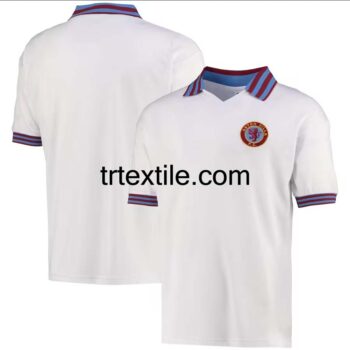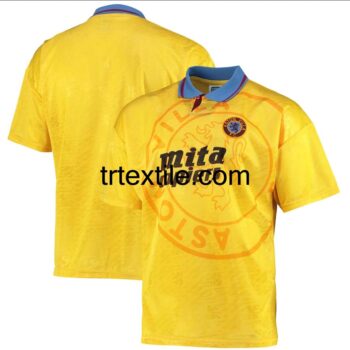-
jersey sewing model 1
$5,00Original price was: $5,00.$4,00Current price is: $4,00. -
jersey sewing model 10
$5,00Original price was: $5,00.$4,00Current price is: $4,00. -
jersey sewing model 11
$5,00Original price was: $5,00.$4,00Current price is: $4,00. -
jersey sewing model 12
$5,00Original price was: $5,00.$4,00Current price is: $4,00. -
jersey sewing model 13
$5,00Original price was: $5,00.$4,00Current price is: $4,00. -
jersey sewing model 14
$5,00Original price was: $5,00.$4,00Current price is: $4,00. -
jersey sewing model 15
$5,00Original price was: $5,00.$4,00Current price is: $4,00. -
jersey sewing model 16
$5,00Original price was: $5,00.$4,00Current price is: $4,00. -
jersey sewing model 17
$5,00Original price was: $5,00.$4,00Current price is: $4,00. -
jersey sewing model 18
$5,00Original price was: $5,00.$4,00Current price is: $4,00. -
jersey sewing model 19
$5,00Original price was: $5,00.$4,00Current price is: $4,00. -
jersey sewing model 2
$5,00Original price was: $5,00.$4,00Current price is: $4,00. -
jersey sewing model 20
$5,00Original price was: $5,00.$4,00Current price is: $4,00. -
jersey sewing model 21
$5,00Original price was: $5,00.$4,00Current price is: $4,00. -
jersey sewing model 22
$5,00Original price was: $5,00.$4,00Current price is: $4,00. -
jersey sewing model 23
$5,00Original price was: $5,00.$4,00Current price is: $4,00.
Sports jerseys are one of the most iconic pieces of clothing in the world of sports. They are not just a uniform worn by athletes during games, but also a symbol of a team’s identity and a way for fans to show their support. From the colors and logos to the player’s name and number, every detail on a sports jersey has meaning and significance.
The history of sports jerseys dates back to the early 20th century when teams began wearing matching uniforms to differentiate themselves from their opponents. The first sports jerseys were made of wool and were quite heavy and uncomfortable to wear. As technology advanced, jerseys evolved from wool to more breathable and lightweight materials such as polyester and mesh.
Today, sports jerseys are not only functional but also fashionable. They have become a popular form of casual wear, with fans proudly donning their favorite team’s jersey to games, parties, and even everyday activities. Sports jerseys are also a lucrative business, with teams selling millions of dollars worth of merchandise each year.
One of the most important aspects of a sports jersey is the design. Teams spend months working with designers to create a jersey that reflects their identity and history. The colors, logos, and typography are all carefully chosen to create a cohesive and visually appealing look. Some teams even have multiple jerseys for different occasions, such as home games, away games, and special events.
The player’s name and number are also an important part of a sports jersey. The number is usually a reflection of the player’s position on the team, with certain numbers traditionally associated with specific positions (e.g. #1 for a goalkeeper in soccer). The player’s name is often displayed on the back of the jersey, along with the team’s logo and sponsor’s logo.
Sports jerseys are not just for athletes and fans – they are also a form of marketing for teams and sponsors. Teams often sign lucrative sponsorship deals with companies to display their logos on jerseys, generating additional revenue for the team. Sponsors also benefit from the exposure they receive from having their logo prominently displayed on a team’s jersey.
In recent years, there has been a trend towards more sustainable and eco-friendly jerseys. Many teams are now using recycled materials to produce their jerseys, reducing their environmental impact. Some teams have even partnered with sustainable fashion brands to create jerseys made from organic cotton or other environmentally friendly materials.
Overall, sports jerseys are more than just clothing – they are a symbol of team pride, a form of self-expression, and a way to connect with other fans. Whether you are a die-hard fan or a casual observer, wearing a sports jersey can make you feel like you are part of something bigger than yourself. So next time you put on your favorite team’s jersey, remember the history and significance behind it – and wear it with pride.















